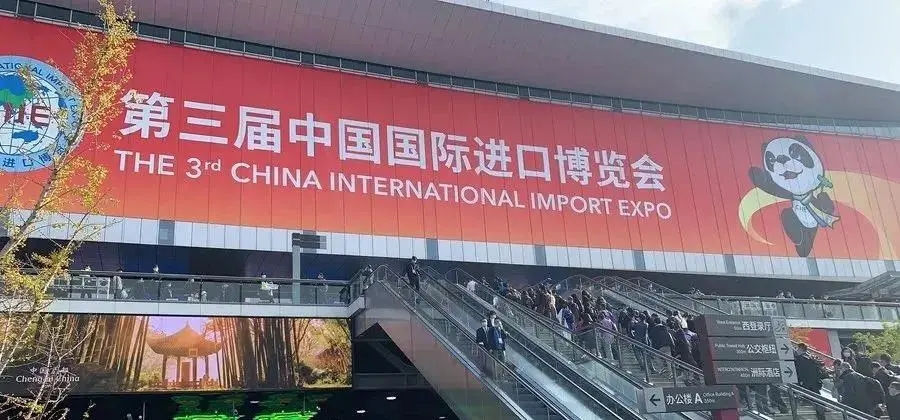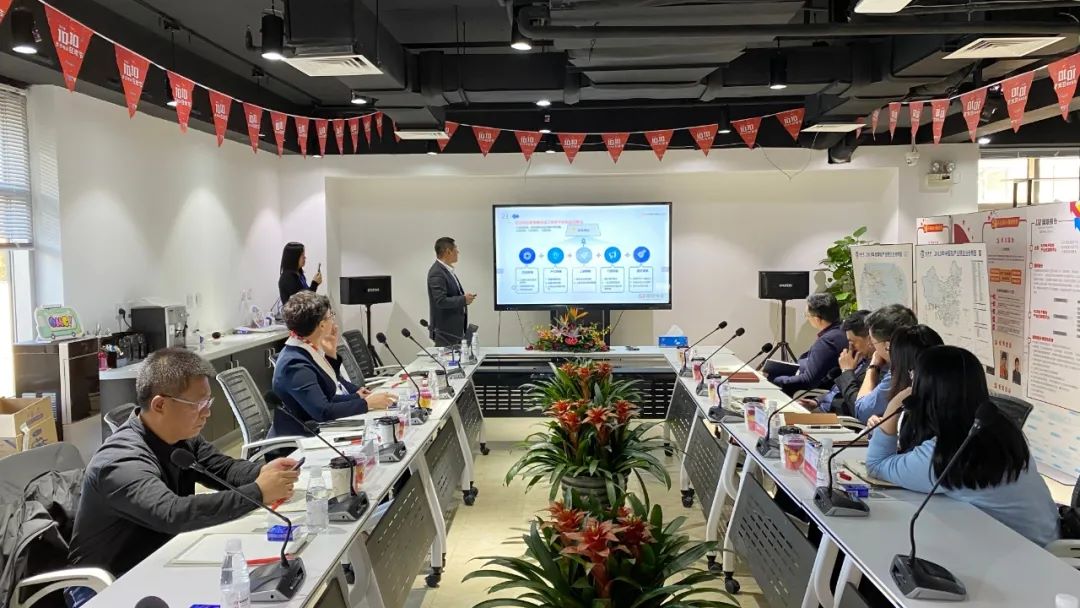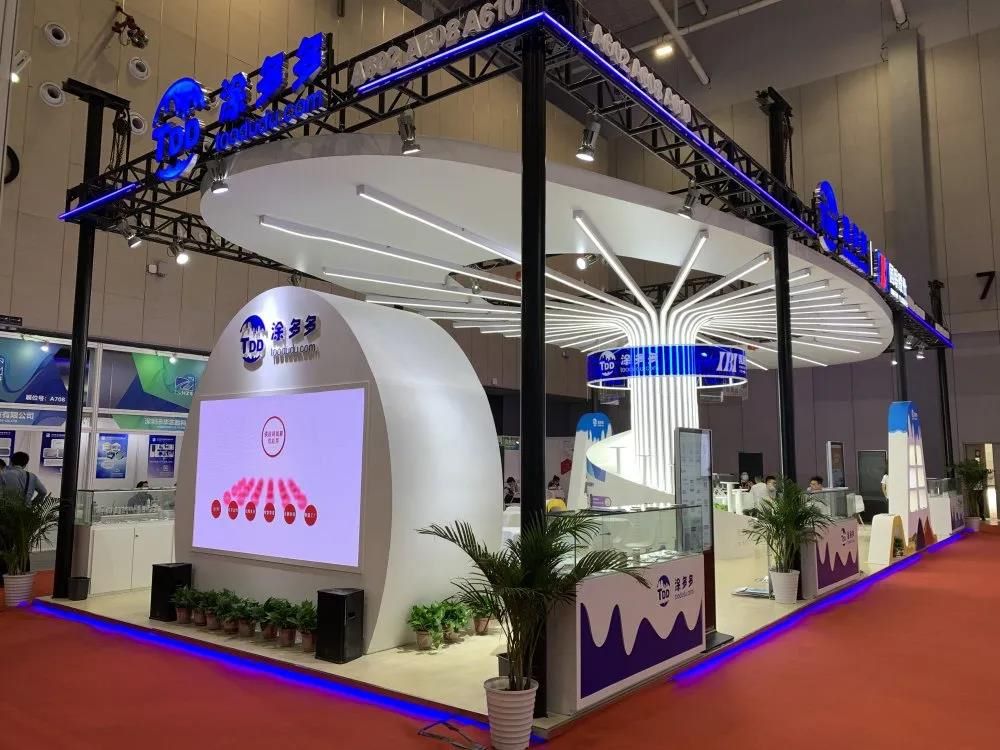The global rubber market fluctuated downward in March 2025: multiple factors exacerbated price fluctuations
Shanghai/Singapore/Tokyo News: In March 2025, the global natural rubber market fluctuated and fell amid supply and demand game and policy disturbances, with major futures markets falling by more than 3% within the month. Weather changes in the main producing areas of Southeast Asia, the early start of China's harvesting season and the US tire tariff policy became key events that dominated the market.

China's production areas started tapping ahead of schedule, and supply expectations put pressure on prices
Yunnan production areas started tapping on March 5, 10 days earlier than in previous years; Hainan production areas also started tapping on the 15th. Although the initial production was released slowly (the average daily output was 8% lower than the same period in 2024), market concerns about the increase in supply in the second quarter continued to ferment. The main contract RU2505 of the Shanghai Futures Exchange (SHFE) fell from 17,700 yuan/ton at the beginning of the month to 17,250 yuan/ton at the end of the month, a drop of 3.44%.
Rainfall in southern Thailand leads to short-term supply tightening and price rebound
In mid-March, rainfall in southern Thailand's production areas surged 30% year-on-year, and rubber tapping operations were hindered. The main contract of No. 20 rubber, Sicom2505, on the Singapore Exchange (SGX) once surged to 202.8 cents/kg on the 15th, up 1.2% during the week. However, as the weather improved, prices quickly fell back, closing at 197.4 cents/kg at the end of the month, a monthly decline of 3.57%.
The United States imposed tariffs on tires, and the demand side was hit again
On March 20, the United States announced a 10% tariff on imported tires from Southeast Asia, triggering panic selling in the market. On the same day, SGX rubber futures plummeted 3.5%, and the main contract of the Tokyo Commodity Exchange (TOCOM) Tomc2508 also fell to 340.2 yen/kg, hitting the lowest point of the month.
High inventory suppresses spot market
As of the end of March, China's social inventory of natural rubber reached 826,000 tons (up 15% year-on-year), and Qingdao Port's inventory reached 362,000 tons (up 22% year-on-year). High inventory and weak tire factory operating rate (68% for full steel tires and 72% for semi-steel tires, both down 5%-3% year-on-year), spot traders generally give discounts to ship.
The linkage effect of crude oil prices weakened
Although the average price of WTI crude oil in March remained at US$62 per barrel, the price gap between synthetic rubber and natural rubber continued to widen, and the demand for substitution did not significantly boost the price of natural rubber.
- Chinese tire companies are expanding production969
- Sailun’s performance is outstanding: revenue exceeds 30 billion and profits increase significantly!986
- Global tire companies' competitiveness ranking for 2025 released958
- Linglong Tire, creating a legendary production capacity empire965
- Foreign-invested Chinese factories are expanding their production capacity1017









